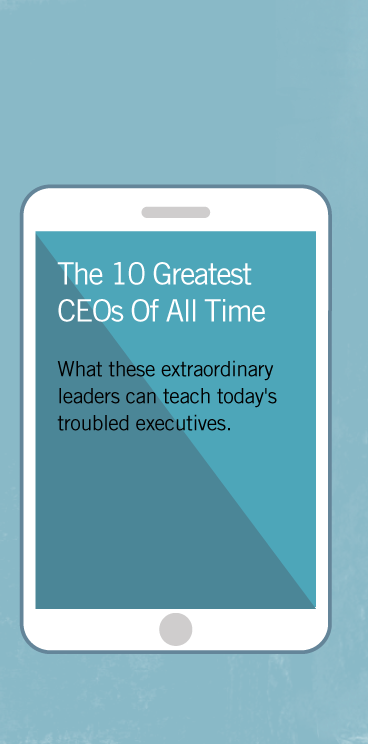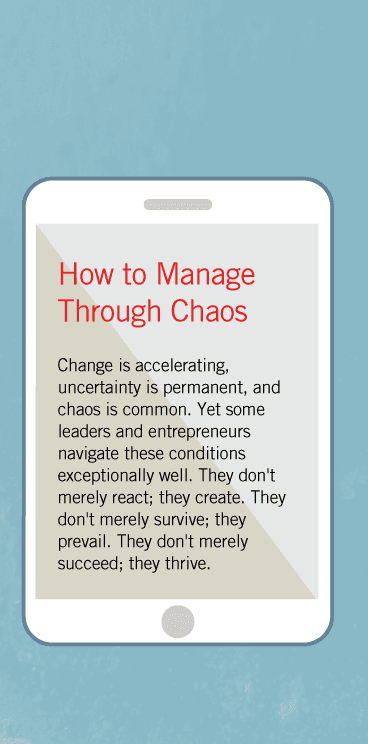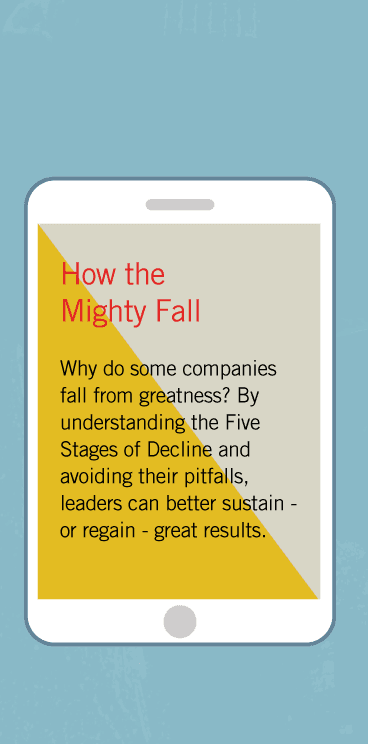Old Economy Companies Learn New Economy Tricks
Four weeks later, the stock closed as high as $69, creating a market valuation of almost $4 billion. Not bad for an enterprise that had sold products for fewer than nine months, had fewer than 500 employees, offered no hope of investor dividends and deliberately planned to lose hundreds of millions of dollars before turning a single dollar of profit.
Drugstore.com emerged at a remarkable moment in history when the whole idea of trying to build a great company seemed quaint and outdated. “Built to Flip” became the mantra of the day. Just tell people you are doing something—anything—connected to the Internet, and “Presto!” you became rich by flipping shares to the public, even if you had no profits (or even a real company). Why bother to do all of the hard work of creating an enduring great company, when you could yell, “New Technology!” or “New Economy!” and convince people to give you tens or hundreds of millions of dollars?
It was at the high point of this frenzy that Drugstore.com issued its challenge to dowdy old Walgreen.
At first, Walgreen suffered from the Invasion of the Dot-Coms, losing more than 40% of its stock price in the year of Drugstore.com’s public offering. (Analysts downgraded Walgreen stock, and the pressure on Walgreen to react to the Internet threat increased as nearly $15 billion in market value evaporated.)
Walgreen’s response in the midst of the frenzy? “We’re a crawl, walk, run company,” said Walgreen CEO Dan Jorndt, describing his deliberate, methodical approach to the Internet. Instead of reacting like Chicken Little, Walgreen executives did something truly radical for the times: They decided to pause and reflect. They decided to think!
Slow at first, Walgreen began experimenting with a Web site while engaging in intense internal dialogue and debate about its implications. How can we use the Web to enhance what we do better than any other company in the world and in a way that we’re passionate about? How can we harness the Internet to increase cash flow per customer visit? There was no manic lurching about, no hype, no bravado—just calm, deliberate pursuit of understanding, followed by calm, deliberate steps forward.
Today, Walgreen has an e-commerce system as well thought out and sophisticated as most pure e-commerce companies. It recently announced (on its Web site) a significant increase in job openings to support its sustained growth, and Walgreen's stock price has more than doubled since its 1999 low.
Meanwhile, Drugstore.com announced a layoff to conserve cash, as its stock lost nearly all of its initial value. While Walgreen went from crawl to walk to run, Drugstore.com went from run to walk to crawl.
Fortunately, the Great Technology Bubble of the 1990s has deflated, and we are back to a more sustainable trend.
The Internet is becoming accepted for what it is: a powerful tool, when used properly. The markets have rejected “Built-to-Flip” enterprises that lack substance and profits. The belief that “new economy” companies will annihilate all “old economy” companies has been replaced with a more realistic view. The past year teaches yet again the forgotten truth that each new economy (and we’ve had at least five in the past hundred years) becomes dominated largely by what we call old economy companies that learn new economy tricks.
Just like Walgreen.
Perhaps Drugstore.com will figure out a sustainable model that works. But it will not be because of snazzy technology, emboldened by hype and an irrational stock market. It will be because it learns the fundamentals—the timeless management truths— that make for enduring great companies. Walgreen has already learned from the dot-coms; now it is time for the dot-coms to learn from the likes of Walgreen.
As we head into the new year, it would be wise to keep the story of Walgreen and Drugstore.com firmly in mind. Not because of the Internet bubble. Bubbles come and bubbles go. No, there is a larger, more important lesson, a more enduring truth to emerge from the craziness of the past year.
Walgreen, it turns out, is one of the few companies in history that made a shift from sustained mediocrity to enduring excellence, from good to great.
From the end of 1975 (when Walgreen began its shift from good-to-great performance) to 2000, a dollar invested in Walgreen outperformed a dollar invested in the stock market (including Nasdaq) by an astounding 15 times—better performance than Hewlett-Packard, Motorola, Merck, Coca-Cola, General Electric and Intel during the same period.
One key factor in its remarkable transformation—a factor shared by all of those who build enduring great companies—is the way Walgreen executives responded to change, threats and opportunities, such as the Internet. They responded not with bravado, not with greed, not by comparing themselves to others and certainly not from the fear of being left behind. They responded—always—with a calm and penetrating search for understanding, followed by deliberate, thoughtful action.
They built greatness because they understood what was possible and quietly committed to doing whatever it took to turn great potential into great results. They lived by the fundamental precept that leaving unrealized potential on the table—letting something remain only good, when it can become great—is a secular sin.
It's a simple lesson most old economy companies forgot in their fear-driven lurching about. It’s a lesson utterly lost on most “Built-to-Flip” enterprises, which have gone from doing front flips to now doing back flips. It’s a lesson mastered by those few who came out of this period of wrenching change stronger, not weaker. But sadly, it's a lesson most will forget yet again when the Next Big Scary Thing rolls around.






